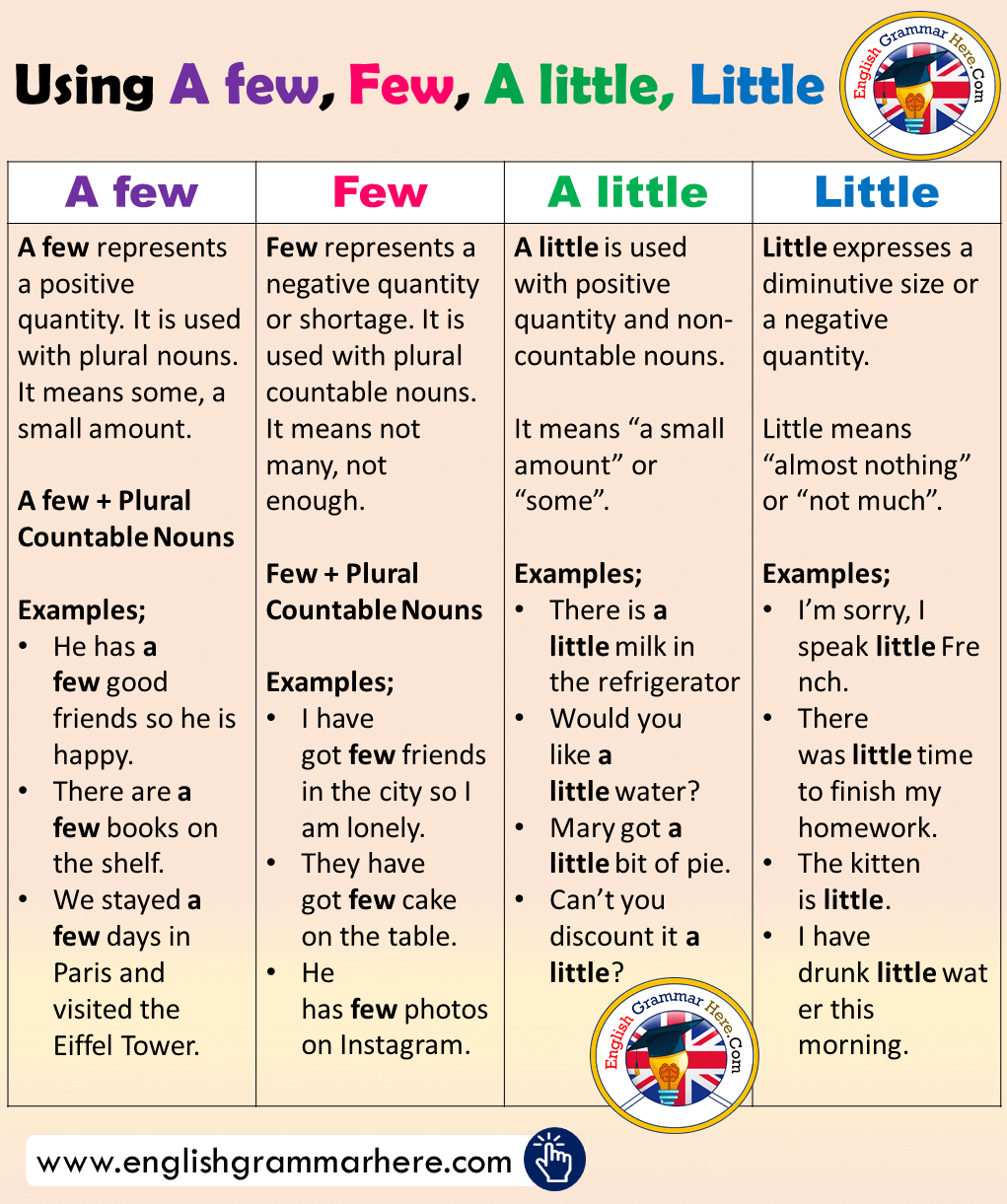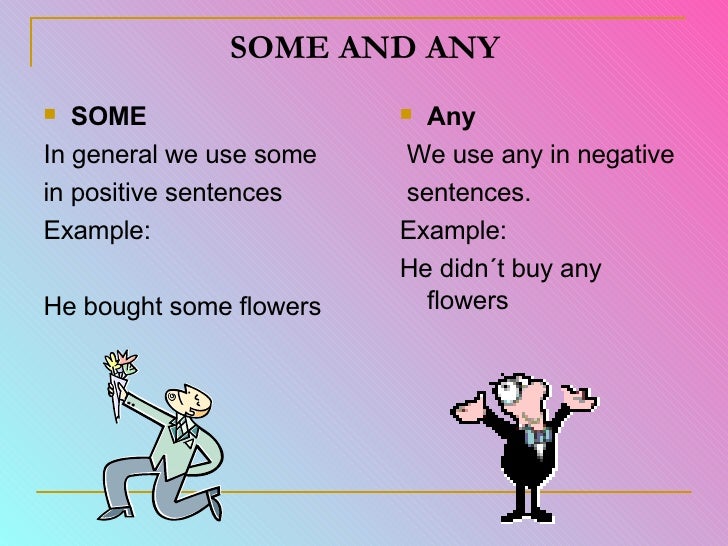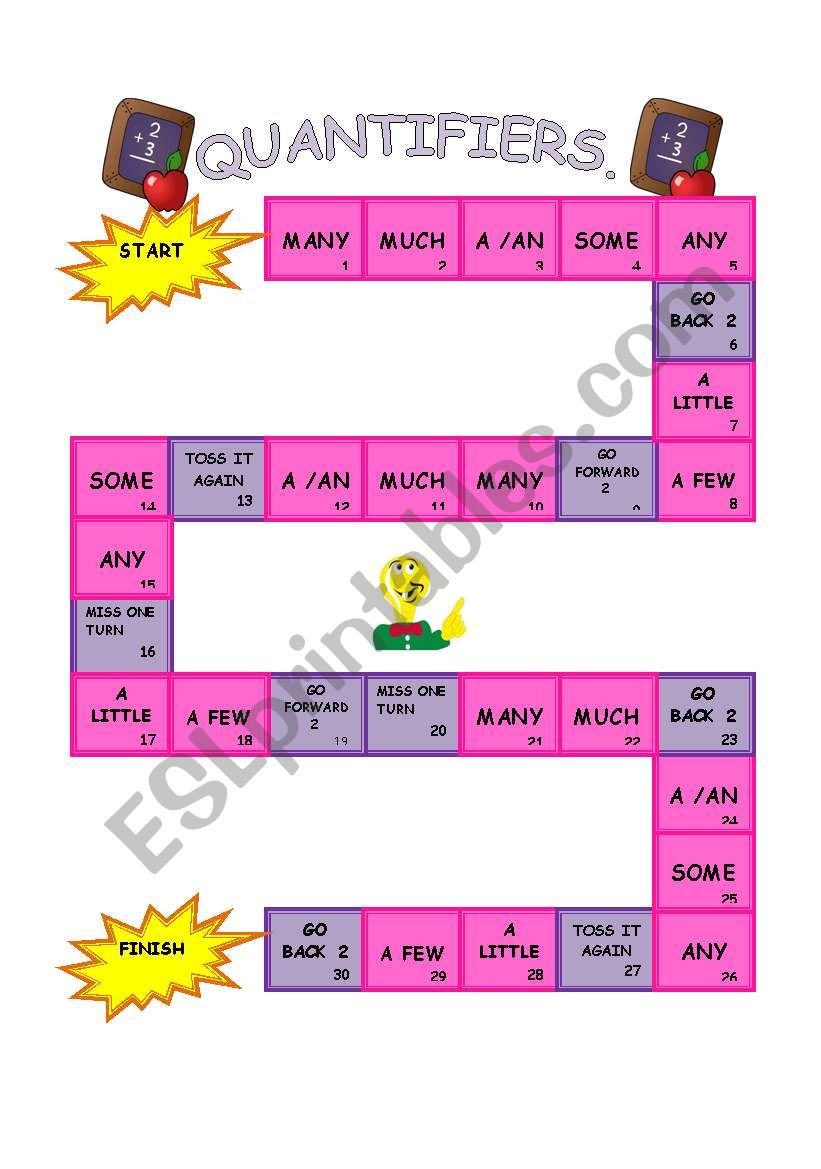

They developed effective techniques for managing a high volume of information and tasks. They planned their work based on their top priorities, and then acted with a definite objective. More specifically, we found that professionals with the highest productivity scores tended to do well on the same clusters of habits. Third, the overall productivity scores of male and female professionals were almost the same, but there were gender differences on particular habits that promote personal productivity. Second, age and seniority were highly correlated with personal productivity - older and more senior professionals recorded higher scores than younger and more junior colleagues. Working smarter is the key to accomplishing more of your top priorities each day. Three general patterns stood out: First, working longer hours does not necessarily mean higher personal productivity. Nevertheless, we believe the survey results provide useful insights into important productivity habits and challenges facing professionals. Our survey had its limits - for example, respondents were a self-selected sample of readers of HBR.org, and the ratings were self-assessments of habits rather than objective measures of people’s productivity. The remaining 10% was comprised of residents (in descending order) from Australia, South America, and Africa.

Roughly half were residents of North America another 21% were residents of Europe and 19% were residents of Asia. The survey focused on seven habits: developing daily routines, planning your schedule, coping with messages, getting a lot done, running effective meetings, honing communication skills, and delegating tasks to others.Īfter cleaning up the data, we obtained a complete set of answers from 19,957 respondents across six continents. Last year we published a survey to help professionals assess their own personal productivity - defined as the habits closely associated with accomplishing more each day. We’ve learned a lot about personal productivity and what makes some people more productive than others. Both the words have different origins during different times.Would you rate yourself as highly productive? They are used to refer to a small quantity or number. Conclusionīoth few and some are quantifiers and determiners of the English language. Few can be used to indicate a negative response while some can be used to indicate a positive response.Few can determine a number that is small and indefinite while some can determine a number that is large and indefinite.In the hierarchy of parts of a whole, few is placed below while some is placed above or higher.The term few signifies a number that is less than five while the term some signify a number that can be equal to or greater than five.

The application of few is in countable objects while the application of some is in countable as well as uncountable objects.Synonyms of some are unspecified, anonymous, one, more or less, roughly, approximately, near, around, and various others.Įxemplar sentences with some are “The door was knocked by someone”, “The guest asked for some water”, “The patient was asked to have some apples, “She saw him at some party”, “He felt some better after taking the medicine”, “The documents need some more rework,” Main Differences Between Few and Some


 0 kommentar(er)
0 kommentar(er)
